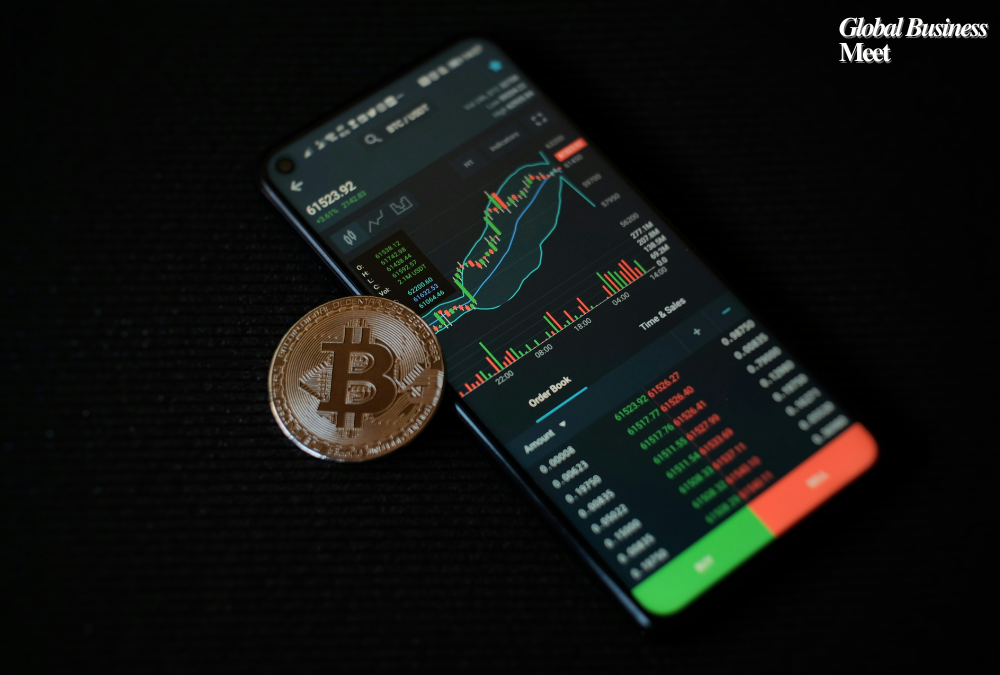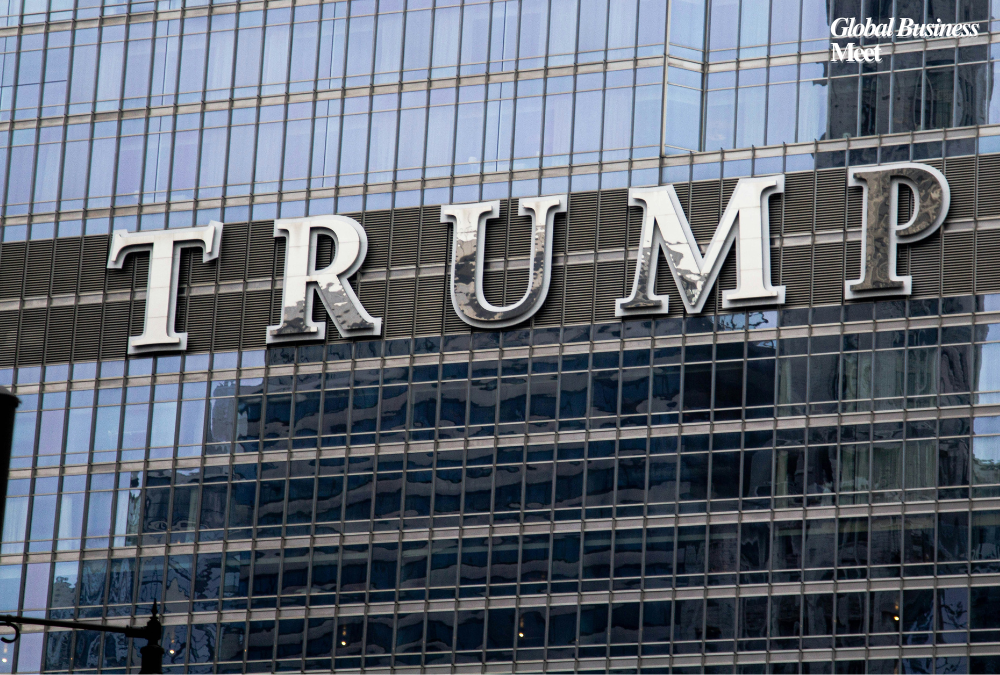
The USDe synthetic dollar temporarily lost its peg on the Binance crypto exchange due to an internal oracle issue, not because of problems with its underlying collateral, the Ethena protocol, or the token itself. This was clarified by Guy Young, founder of Ethena Labs, the team behind USDe.
Young emphasized that USDe’s minting and redemption processes operated smoothly during Friday’s flash crash. Across crypto exchanges including Curve, Fluid, and Uniswap, roughly $2 billion in USDe was redeemed over 24 hours. Price deviations during this period remained minimal at 30 basis points or less.
Oracle Data and Binance Price Discrepancy
The USDe price on Binance dropped sharply from approximately $1 to $0.65. Young explained that the anomaly occurred because Binance relied on oracle data from its own orderbook, which had thinner liquidity compared to external price feeds. The discrepancy was limited to Binance, as other platforms using external liquidity pools maintained USDe’s peg.
Young added, “The severe price discrepancy was isolated to a single venue, which referenced the oracle index on its own orderbook. Deposit and withdrawal issues prevented market makers from closing the loop, which caused the price to diverge.”
He further noted that had all platforms referenced the deepest liquidity pools, no liquidations would have occurred in money markets using USDe.
Massive Liquidation Event
The depeg coincided with the largest 24-hour liquidation in cryptocurrency history. Approximately $20 billion in open leveraged positions were liquidated during the market crash. Traders have described this as just the tip of the iceberg, indicating that broader financial damage may extend further.
The event highlighted the risks of relying on isolated oracle data in volatile market conditions. While USDe itself remained technically sound, the Binance-specific oracle reliance exposed users to outsized losses.
Speculation of Coordinated Attack
Some market participants have suggested that the USDe depeg on Binance may have been a coordinated attack. Crypto analyst ElonTrades pointed to the exchange’s “Unified Account” feature, which allows users to post assets like USDe as collateral. This system uses Binance’s internal orderbook rather than external price oracles, creating what ElonTrades called a “major vulnerability.”
Binance has acknowledged the risk and plans to switch to data from external oracles by October 14. In the meantime, the attackers reportedly exploited this vulnerability by selling up to $90 million of USDe on Binance. The price drop to $0.65 triggered a series of liquidations on the platform, totaling roughly $1 billion.
Attackers Profited From Market Volatility
The same actors reportedly opened short positions on Bitcoin (BTC) and Ether (ETH) on the Hyperliquid perpetual futures decentralized exchange. These trades were timed minutes before a tariff announcement by US President Donald Trump, which caused panic in global crypto markets.
ElonTrades estimated that the attackers earned about $192 million in profits from their short positions. The wider contagion from the Binance exploit led to $20 billion in market-wide liquidations, originating from a relatively modest $100 million position.
Industry Response and Calls for Oversight
The USDe depeg has prompted industry leaders to call for greater scrutiny of crypto exchanges. Kris Marszalek, CEO of Crypto.com, urged investigations into platforms that suffered large losses. Analysts stress that similar incidents could occur if exchanges do not implement external oracle data and robust risk management systems.
Lessons for the Stablecoin Market
While USDe itself maintained its operational integrity, the Binance incident underscores the importance of liquidity, external oracles, and risk controls in stablecoin ecosystems. Exchanges relying solely on internal orderbooks may expose users to rapid, artificial price swings during periods of market stress.
The event also illustrates how coordinated attacks can exploit structural vulnerabilities in crypto exchanges, magnifying losses and market disruption. Stablecoin developers and exchange operators are now facing heightened pressure to strengthen their infrastructure and prevent future depegging events.
















































